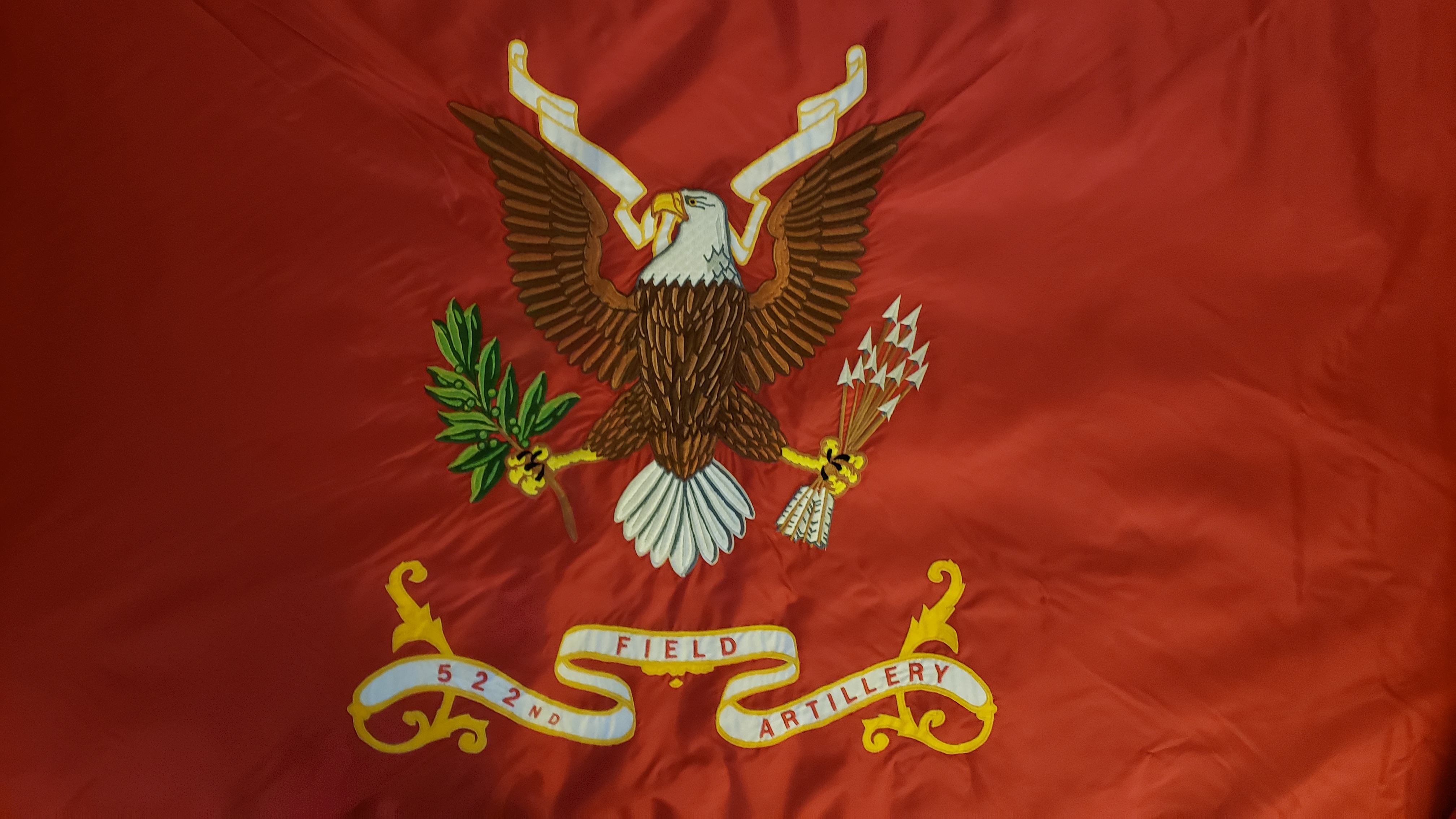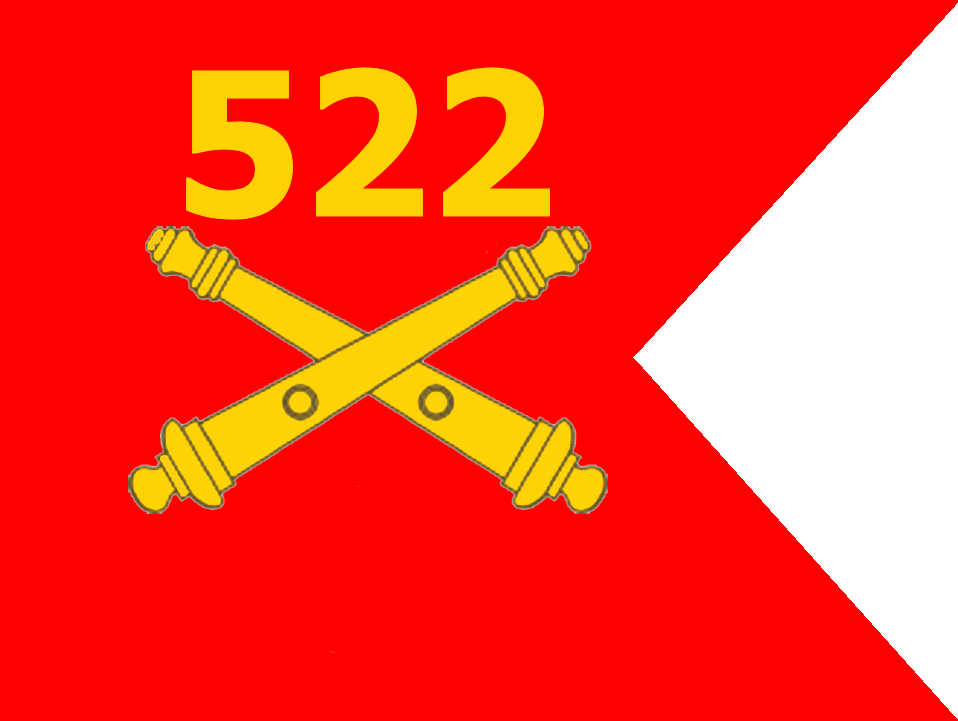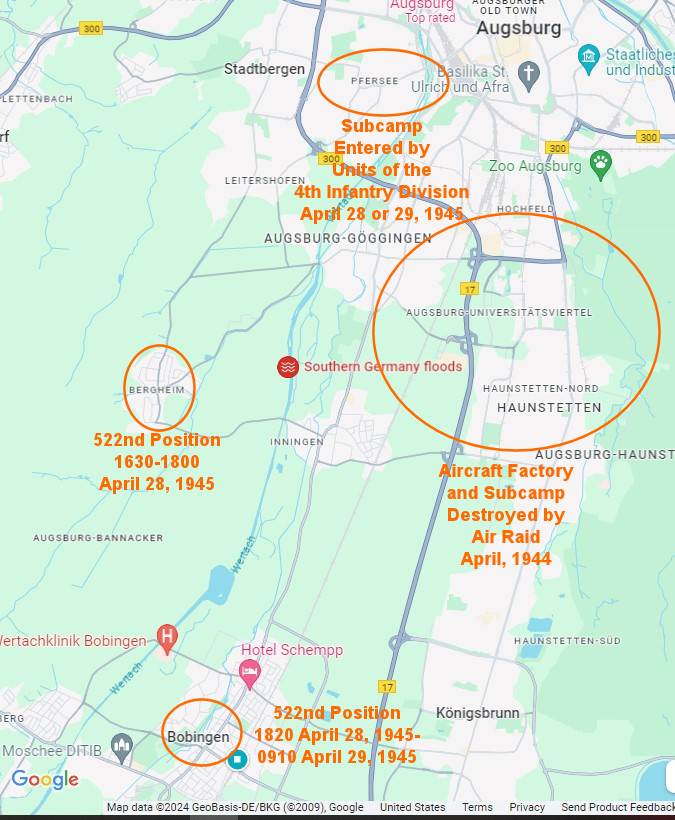All items not in the
public domain  2021-2024 2021-2024
The 45th
Infantry Division in World War II: An Unofficial
Guide to Resources
Co-administrators:
Leonard
H. Cizewski & Judy
Erwin Branham
Last
Reviewed:
Posted:April 19, 2021
Update,Revision & Correction History:
July 12, 2024
August 19, 2024
November 21, 2024
December 1, 2024
January 14, 2024
April 19, 2025
April 20, 2025
August 1, 2025
August 19, 2025
|
 |
Permission
and acknowledgements:
While almost all items on this site
are in the public domain, please contact the
administrators for instructions on how to
acknowledge the source.
Many
volunteer researchers at their own expense
obtained many of these public domain items
from sources such as the National Archives.
|

 522nd Field Artillery Battalion in
Germany
522nd Field Artillery Battalion in
Germany






 Four photos by Staff
Sergeant George Oiye, C Battery of 522nd soldiers of the
planes that were being assembled by slave laborers from the
Kaufering subcamp at the Lechfeld Airfield. The Kaufering
subcamps are 6 to 8 miles south of the
Four photos by Staff
Sergeant George Oiye, C Battery of 522nd soldiers of the
planes that were being assembled by slave laborers from the
Kaufering subcamp at the Lechfeld Airfield. The Kaufering
subcamps are 6 to 8 miles south of the  The 522nd Field Artillery Battalion
and the Waakirchen Death March Rescue: An Illustrated
Record
The 522nd Field Artillery Battalion
and the Waakirchen Death March Rescue: An Illustrated
Record

